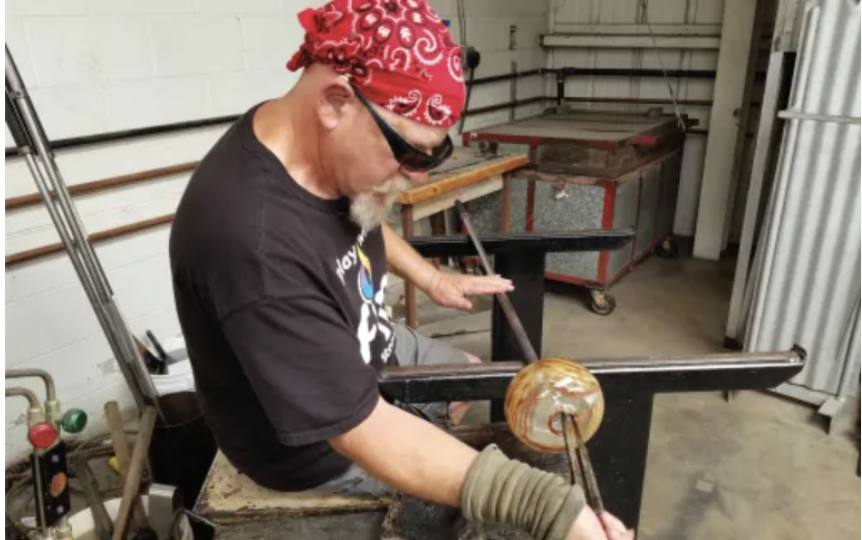For thousands of years, artisans have explored the countless possibilities offered by glass. The ancient practice of glass-making remains one of the most prevalent forms of art. Along with its versatility, it is the timelessness that solidifies the importance of glass-making in the history of art. The malleable material may be formed using various techniques like core forming, casting, and glassblowing. These methods of glass-making trace back centuries, culminating in a rich practice that has transcended both object and culture. Throughout history, glassmakers have sought new ways to distinguish their products, but the basic principles have remained unchanged.
Some glass makers today combine modern scientific techniques with ancient ones. Glassmakers hope to lure innovative brains who can enhance present glass-making procedures. Someone who has spent years working with glass picks up on slight deviations in the machine’s sound before leading to unsatisfactory results. This is one of the reasons people often say working with glass is a dark art honed over many decades. Still, there have been many glass artists in history who spent countless hours facing the furnace. James Stone, a glass and mixed media artist, is one such example. Stone walked through the door of glass art during his time at Fairleigh Dickinson University in 1974.
Stone was born on June 5th, 1951, in New York and has garnered broad attention for using color and the exclusive process of casting glass hot out of a furnace directly into the sculpted metal. Compelled by art, Stone launched a small blowing studio, Stone and Glass Studio, in Rancho Bernardo in September 2001. His early work mainly revolved around the blown glass fish, turtles, and vessels. Stones later shifted his focus to making larger and more interesting pieces by combining metal with glass, initially in the form of marine life fountains. His colorful fish and other sea life combined with hand-forged copper became an immediate hit and gained broad popularity. The acceptance of his art ultimately embarked him on a journey to create large-scale installations using fused, slumped, and blown glass together with steel and aluminum.
The challenges down the road
For an artist, the journey to the top does not come easy, and all good things come in due time. Stone, too, had challenges down the road where the recession made him revisit his business. Only a handful of people could afford to pursue their passion turned profession of art. The slowdown in building large projects had become few and far out of reach. During those challenging times, Stone and Glass expanded their glassblowing class offerings. It turned out there were many people who were fascinated by glass art and were interested to know how glass was made. Although the people interested were not buying art, they were willing to spend on an exciting experience.
In 2017, a fire broke out in a business two doors away from Stone’s studio, and the damage caused was expanded to his studio. As a result, Stone had to relocate. Finding a new place for the glass-blowing studio was challenging, but after some time, the studio was finally settled down at a location that did not live up to the requirements for the studio. A few months later, Stone launched a new location and took the relocation as the biggest lesson.
Setting his studio apart from the competition
Stone and Glass is his art studio and gallery, which his wife, Carol, co-owns. His gallery carries a wide range of gifts and art glass. Stone creates sea creatures and marine-themed sculptures that depict the beauty of the ocean’s diverse flora and fauna. In addition to doing work for his gallery, Stone designs commissioned work for individual clients, restaurants, museums, and corporate businesses. With his extensive experience in glass art, Stone does not wish to limit his knowledge to himself. Instead, Stone shares his knowledge, the magic of glass, and his theory of creativity by teaching classes, private demonstrations, and speaking engagements.
For any teacher, nothing can be more important and cherishing than watching their students grow and immerse themselves into what they were once taught. For James Stone, things are no different, and he takes it as pride when he sees his students gaining success and growth. Many of his students who have worked on the glass-blowing floor at Stone and Glass have flourished and even earned advanced degrees and/or established themselves as professionals in art glass.


